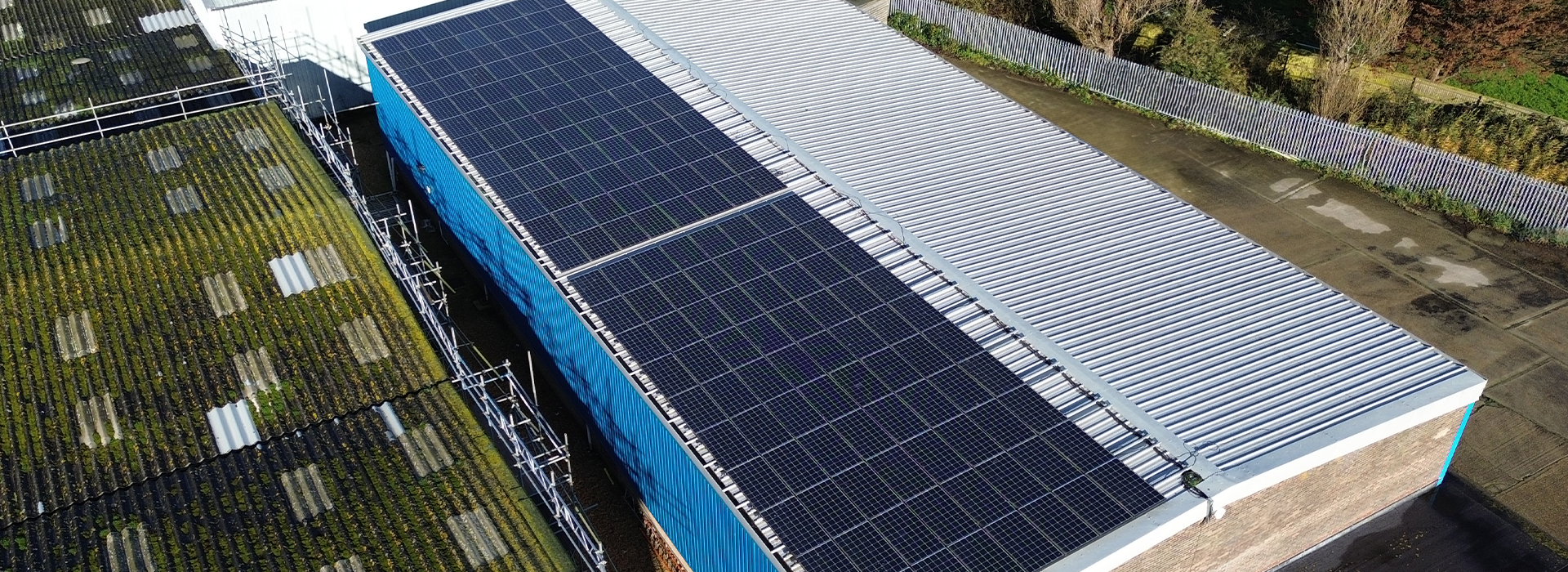Ensuring safe access to your roof is crucial, whether for maintenance, inspection, or repairs. With various safety solutions available, it’s important to understand the benefits and drawbacks of each option to make an informed decision. In this article, we’ll delve into three primary methods for safe roof access: walkways and gantries, horizontal safety lines, and mobile man anchors. All these systems should be installed by professionals to guarantee their effectiveness and compliance with safety standards.
Walkways and Gantries
Definition and Purpose
Walkways and gantries provide stable, permanent paths for accessing various parts of a roof. Typically made of metal or composite materials, these structures are designed to support the weight of workers and equipment, ensuring safe movement across the roof surface.
Advantages
Stability and Security
Walkways and gantries offer unparalleled stability. Their fixed nature means they don’t shift or move, providing a secure path that minimises the risk of falls.
Ease of Movement
These systems allow for easy transportation of tools and materials, making them ideal for extensive maintenance or repair work. The flat, stable surface is much safer than walking directly on the roof.
Disadvantages
Installation Complexity
These systems require precise installation to ensure they are secure and compliant with safety regulations. This complexity can add to the overall cost and time needed for setup.
Best Use Cases
Walkways and gantries are best suited for large, industrial buildings where regular roof access is necessary. They are ideal for facilities with extensive HVAC systems, solar panels, or other equipment requiring frequent maintenance.
Horizontal Safety Lines
Definition and Purpose
Horizontal safety lines, also known as lifelines, are flexible systems consisting of a wire rope or cable anchored at two or more points. Workers attach their safety harnesses to the line, allowing them to move along the roof while remaining secured.
Advantages
Flexibility in Movement
These systems offer a high degree of mobility. Workers can move freely along the line, accessing different areas of the roof without having to disconnect and reconnect their harnesses.
Cost-Effectiveness
Horizontal safety lines are generally more affordable than walkways and gantries. They require fewer materials and can be installed more quickly.
Disadvantages
Potential for Misuse
If not used correctly, horizontal safety lines can pose risks. Workers need proper training to ensure they attach and use the system correctly.
Regular Maintenance
These systems require regular inspections and maintenance to ensure they remain effective and safe. Over time, components can wear out and need replacement.
Best Use Cases
Horizontal safety lines are ideal for roofs with varying access needs, such as those on commercial buildings. They are particularly useful for maintenance tasks that require reaching different roof areas without extensive structural installations.
Mobile Man Anchors
Definition and Purpose
Mobile man anchors are portable devices that can be moved and positioned as needed. They provide a secure anchor point for workers’ safety harnesses, offering flexibility and convenience.
Advantages
Portability
The main advantage of mobile man anchors is their portability. They can be easily transported and set up wherever needed, making them a versatile option for various tasks.
Easy Installation
Unlike walkways and gantries, mobile man anchors are relatively easy to install. They don’t require permanent fixtures, reducing setup time and cost.
Disadvantages
Limited Coverage Area
Mobile man anchors are limited to the area where they are placed. Workers may need to move and reposition them frequently, which can be time-consuming.
Potential for Improper Use
As with horizontal safety lines, proper training is essential. Incorrect use of mobile man anchors can lead to serious accidents.
Best Use Cases
Mobile man anchors are best for short-term tasks or when access needs are infrequent. They are suitable for residential roofs or small commercial buildings where permanent systems are not practical.
Professional Installation
Importance of Professional Installation
Professional installation is crucial for all these systems to ensure they are secure and compliant with safety regulations. Incorrect installation can lead to system failure and serious accidents.
Finding Qualified Professionals
To find qualified professionals, look for certified installers with experience in roof safety systems. Check reviews, ask for references, and ensure they follow industry standards and regulations.
Conclusion
In conclusion, the choice of roof access system depends on your specific needs, budget, and the nature of the tasks you need to perform. Walkways and gantries offer the highest stability and ease of movement, making them ideal for frequent access on large roofs. Horizontal safety lines provide flexibility and cost-effectiveness for varied access needs, while mobile man anchors are perfect for short-term or infrequent tasks.
Regardless of the system you choose, professional installation is essential to ensure safety and compliance with regulations. Investing in the right roof access solution and having it installed by experts can significantly reduce risks and improve the safety of anyone who needs to access your roof.



